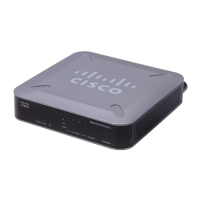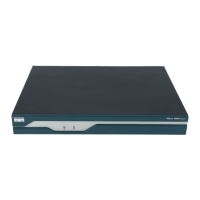CHAPTER 2
Implementing Carrier Grade NAT on Cisco IOS
XR Software
This chapter provides an overview of the implementation of Carrier Grade NAT on Cisco IOS XR Software.
•
Carrier Grade NAT Overview and Benefits, page 3
•
Information About Carrier Grade NAT, page 7
•
Cisco Carrier NAT Applications, page 14
•
Policy Functions, page 16
•
External Logging, page 21
•
Implementing Carrier Grade NAT on Cisco IOS XR Software, page 22
•
Configuration Examples for Implementing the Carrier Grade NAT, page 84
Carrier Grade NAT Overview and Benefits
To implement the Carrier Grade NAT, you should understand the following concepts:
Carrier Grade NAT Overview
Carrier Grade Network Address Translation (CGN) is a large scale NAT that is capable of providing private
IPv4 to public IPv4 address translation in the order of millions of translations to support a large number of
subscribers, and at least 10 Gbps full-duplex bandwidth throughput.
CGN is a workable solution to the IPv4 address completion problem, and offers a way for service provider
subscribers and content providers to implement a seamless transition to IPv6. CGN employs network address
and port translation (NAPT) methods to aggregate many private IP addresses into fewer public IPv4 addresses.
For example, a single public IPv4 address with a pool of 32 K port numbers supports 320 individual private
IP subscribers assuming each subscriber requires 100 ports. For example, each TCP connection needs one
port number.
A CGN requires IPv6 to assist with the transition from IPv4 to IPv6.
Cisco IOS XR Carrier Grade NAT Configuration Guide for the Cisco CRS Router, Release 5.2.x
OL-32659-01 3

